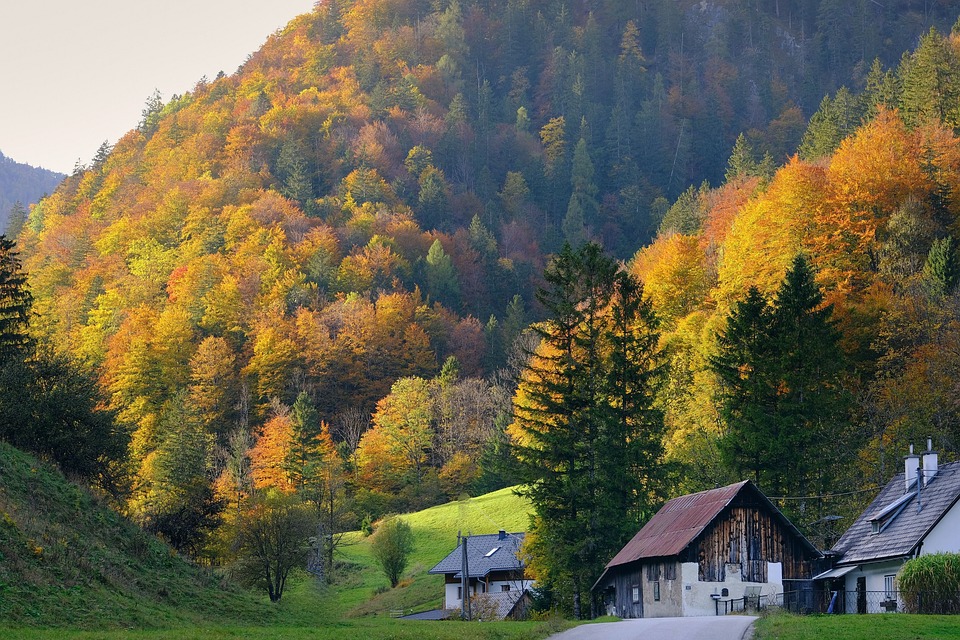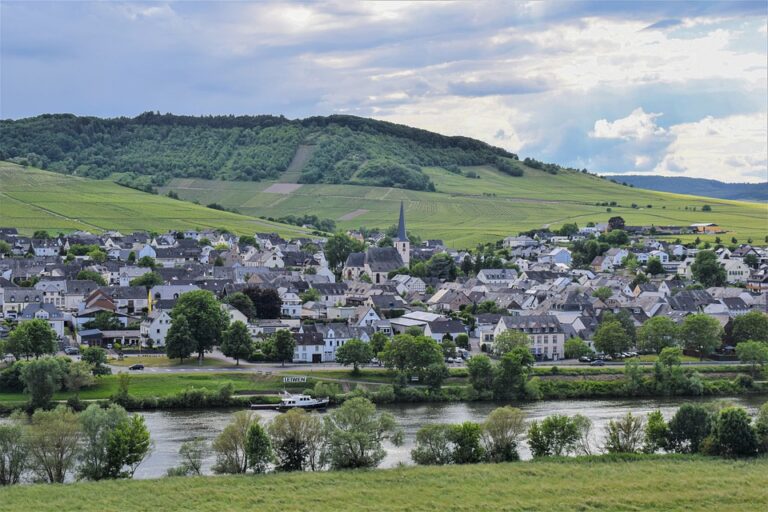Balancing Conservation and Development in Forest Edge Settlements
In recent years, the issue of balancing conservation and development in forest edge settlements has become increasingly important. Forest edge settlements are communities that are located on the border of forests, where conservation efforts must be balanced with the need for economic development and human habitation. This delicate balance is crucial for maintaining the health of ecosystems, preserving biodiversity, and ensuring the well-being of both humans and wildlife.
The Importance of Forest Edge Settlements
Forest edge settlements play a crucial role in maintaining the connectivity of natural ecosystems. They serve as transition zones between forests and human settlements, providing habitat for a diverse range of wildlife species. These settlements also offer important ecological services, such as regulating climate, maintaining water quality, and preventing soil erosion.
In addition, forest edge settlements are often home to indigenous communities that have lived in harmony with their natural surroundings for centuries. These communities have a deep understanding of the local ecosystems and play a key role in preserving traditional knowledge and practices that contribute to biodiversity conservation.
Challenges in Balancing Conservation and Development
Despite their importance, forest edge settlements face numerous challenges in balancing conservation and development. One of the biggest challenges is the pressure for economic growth and urbanization, which can lead to deforestation, habitat destruction, and loss of biodiversity.
Another challenge is the lack of planning and land-use regulations in many forest edge settlements. Without proper zoning and conservation measures in place, unplanned development can degrade natural habitats, fragment wildlife populations, and disrupt ecological processes.
Furthermore, conflicts between conservation and development goals can arise when conservation measures restrict economic activities that are vital for the livelihoods of local communities. Balancing the needs of both humans and wildlife in forest edge settlements requires careful consideration of social, economic, and environmental factors.
Strategies for Balancing Conservation and Development
To achieve a sustainable balance between conservation and development in forest edge settlements, a holistic and integrated approach is needed. This approach should involve multiple stakeholders, such as government agencies, local communities, conservation organizations, and private sector actors.
One key strategy is to promote sustainable land-use practices that support both conservation and development objectives. This can include implementing green infrastructure projects, such as reforestation programs, wildlife corridors, and eco-friendly agriculture practices, to enhance biodiversity conservation while also providing economic benefits to local communities.
Another important strategy is to strengthen community participation and empowerment in decision-making processes related to land use and natural resource management. Engaging local communities in conservation efforts can help build trust, foster cooperation, and ensure that conservation initiatives are culturally appropriate and socially inclusive.
Additionally, it is crucial to establish partnerships and collaborations between different stakeholders to leverage resources, expertise, and knowledge for effective conservation and development outcomes. By working together towards a common goal, stakeholders can pool their resources and expertise to address complex challenges in forest edge settlements.
Case Study: The Buffer Zone Management Program in Nepal
One successful example of balancing conservation and development in forest edge settlements is the Buffer Zone Management Program in Nepal. This program aims to reduce human-wildlife conflicts and promote sustainable resource management in areas surrounding national parks and wildlife reserves.
Through the program, local communities are actively involved in conservation and development activities, such as community-based ecotourism, sustainable agriculture, and forest restoration. By engaging with local communities and providing them with incentives for conservation, the program has successfully reduced deforestation, improved habitat connectivity, and enhanced livelihood opportunities for residents.
The Buffer Zone Management Program in Nepal demonstrates the importance of community participation, sustainable land-use practices, and multi-stakeholder collaboration in achieving a balance between conservation and development in forest edge settlements.
Conclusion
Balancing conservation and development in forest edge settlements is a complex and challenging task that requires a multi-faceted approach. By promoting sustainable land-use practices, strengthening community participation, and building partnerships between stakeholders, it is possible to achieve a harmonious balance between conservation and development objectives in these critical ecosystems.
Ensuring the health and well-being of forest edge settlements is essential for maintaining biodiversity, preserving ecosystems, and promoting sustainable livelihoods for both humans and wildlife. By working together towards a common vision of conservation and development, we can create a future where forest edge settlements thrive in harmony with nature.





